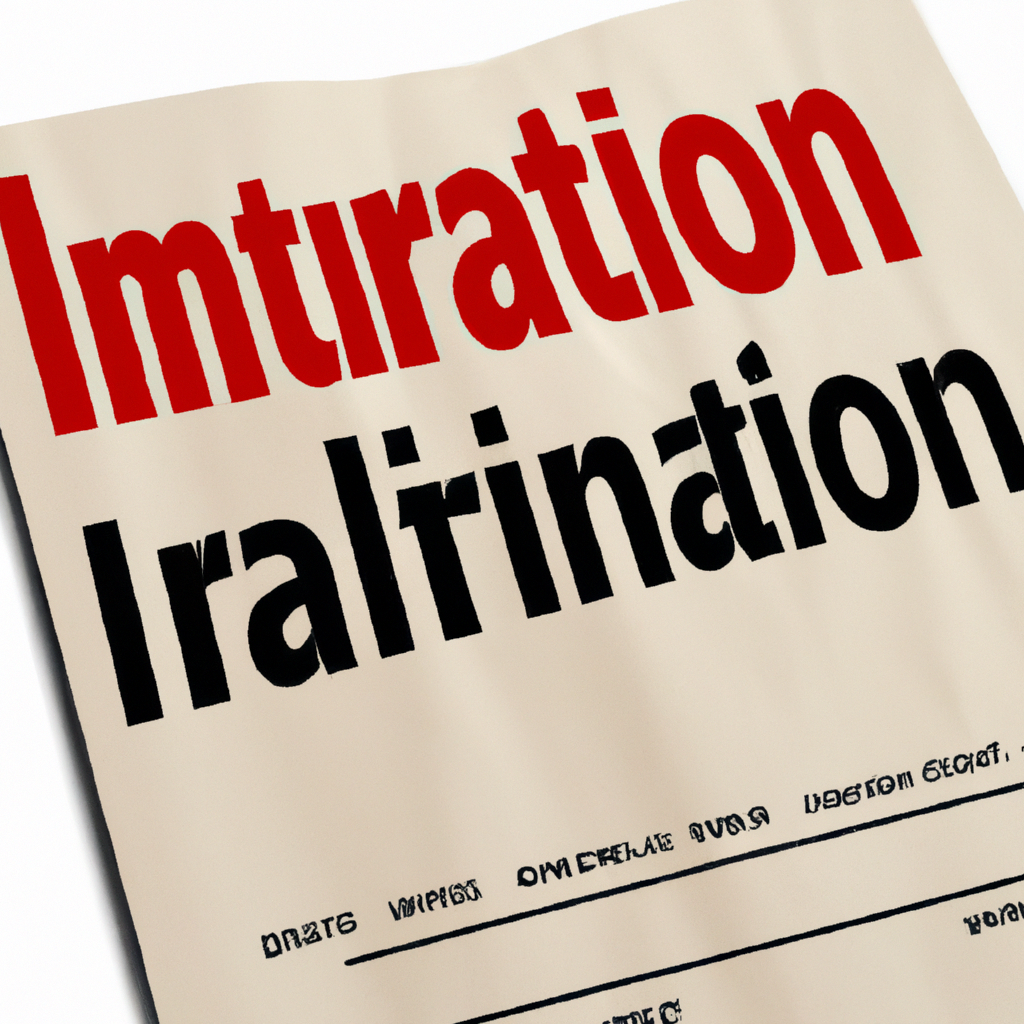
Understanding Inflation Rate Reports
Introduction
Inflation is a crucial economic indicator that measures the rate at which the general level of prices for goods and services is rising. It affects the purchasing power of consumers and the overall health of an economy. Inflation rate reports provide valuable insights into the current state of inflation and help businesses, policymakers, and individuals make informed decisions. This article aims to shed light on the importance of inflation rate reports and how to interpret them.
What is an Inflation Rate Report?
An inflation rate report is a document published by government agencies, central banks, or statistical organizations that presents the current and historical inflation rates. These reports typically include key indicators such as the Consumer Price Index (CPI), Producer Price Index (PPI), and core inflation measures. They provide detailed information on price changes for various goods and services, allowing analysts to assess the overall inflationary trends.
Components of an Inflation Rate Report
1. Consumer Price Index (CPI): The CPI measures the average change over time in the prices paid by urban consumers for a market basket of consumer goods and services. It covers a wide range of categories, including food, housing, transportation, and healthcare.
2. Producer Price Index (PPI): The PPI measures the average change in prices received by domestic producers for their output. It provides insights into inflation at earlier stages of the production process, before goods reach the consumer.
3. Core Inflation Measures: Core inflation excludes volatile items such as food and energy prices, which can fluctuate significantly in the short term. Core inflation measures help identify underlying inflation trends and provide a more accurate picture of long-term inflationary pressures.
Interpreting Inflation Rate Reports
1. Overall Inflation Trend: The inflation rate report allows analysts to determine whether prices are rising, falling, or remaining stable. A positive inflation rate indicates rising prices, while a negative rate signifies deflation. Stable inflation suggests a healthy economy.
2. Impact on Consumers: Inflation erodes the purchasing power of consumers. Higher inflation rates mean that consumers need to spend more money to maintain their standard of living. Inflation rate reports help individuals assess the impact on their personal finances and make necessary adjustments.
3. Economic Policy Decisions: Central banks and policymakers closely monitor inflation rate reports to make informed decisions regarding monetary policy. High inflation rates may prompt central banks to increase interest rates to curb inflation, while low inflation rates may lead to monetary easing to stimulate economic growth.
4. Business Planning: Inflation rate reports provide businesses with insights into the pricing environment and help them make informed decisions about pricing strategies, wage adjustments, and supply chain management.
Conclusion
Inflation rate reports are essential tools for understanding the current state of inflation and its potential impact on the economy. By analyzing key indicators such as the CPI, PPI, and core inflation measures, individuals, businesses, and policymakers can make informed decisions to mitigate the effects of inflation. Staying informed about inflation trends is crucial for maintaining financial stability and ensuring sustainable economic growth.





